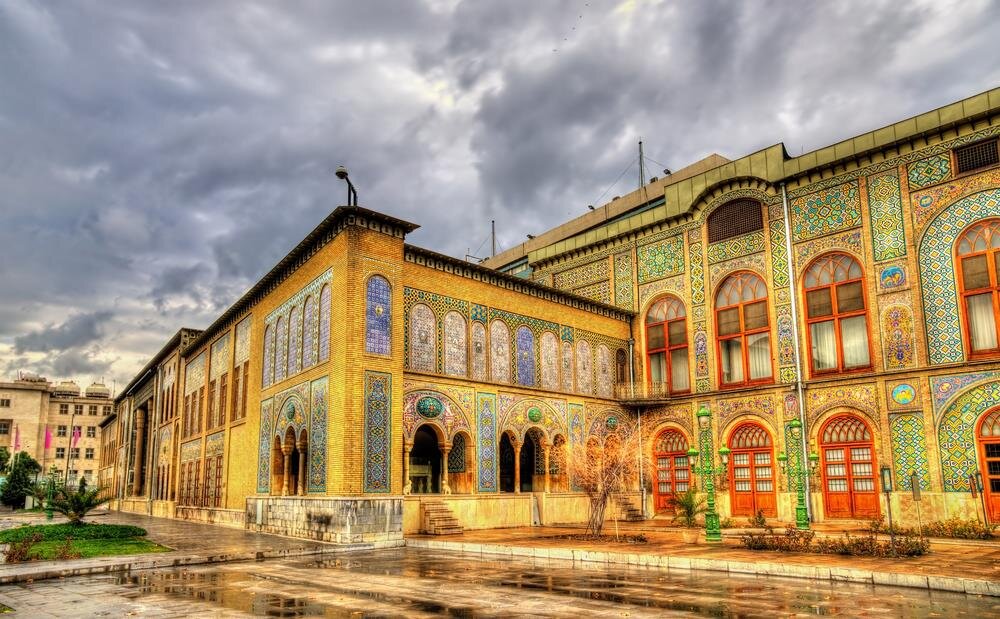Golestan Palace: one of the top things to do in Tehran

TEHRAN - One of the top things to do in the Iranian capital is visiting the most magnificent historical monument downtown; the UNESCO-registered Golestan Palace.
This majestic complex was once the official residence of the Qajar monarchs who ruled the country between 1789 and 1925. It displays a remarkable mixture of ancient Persian and contemporary European architectural styles, which characterized much of Iranian art in the 19th and 20th centuries.
Golestan Palace is on a lavish scale, and it can be overwhelming to figure out where you should start your sightseeing. You can simply spend half a day admiring several key structures that make up the palace, including lots of spectacular halls, chambers, museums, and gardens. All of them were built during the rule of the Qajar kings.
A few of the key sites you won’t want to miss are the stunning Karim Khani nook, which was the former residence of the founder of the Zand dynasty (1751 to 1779), and the brilliant Mirror Hall, which was used for royal weddings and coronations.
Be sure to also not miss Shams-ol Emareh (“the Edifice of the Sun”), a palace that offered a panoramic view of the city for the monarchs, and Brilliant Hall, which is known for its incredible display of mirror work done by Iranian artisans.
It may likely take you two to three hours to explore the whole of Golestan Palace. You can relax by the gorgeous pond in the main garden after all the walking around. Next to the palace, you will also see the bustling Tehran Grand Bazaar, which is a great place to get a glimpse of local life.
Some visitors to the bazaar refer to it as “a city within a city” because it also includes several mosques, guesthouses, banks, and once-thriving caravansaries. While most of its covered structures and marketplaces are associated with the 19th century onwards, the history of trade in the bazaar is rooted much deeper in time.
UNESCO says that the complex exemplifies architectural and artistic achievements of the Qajar era including the introduction of European motifs and styles into Persian arts.
AFM
Leave a Comment